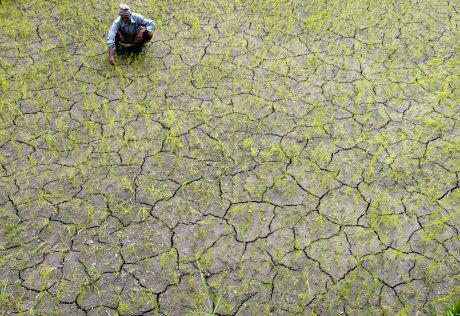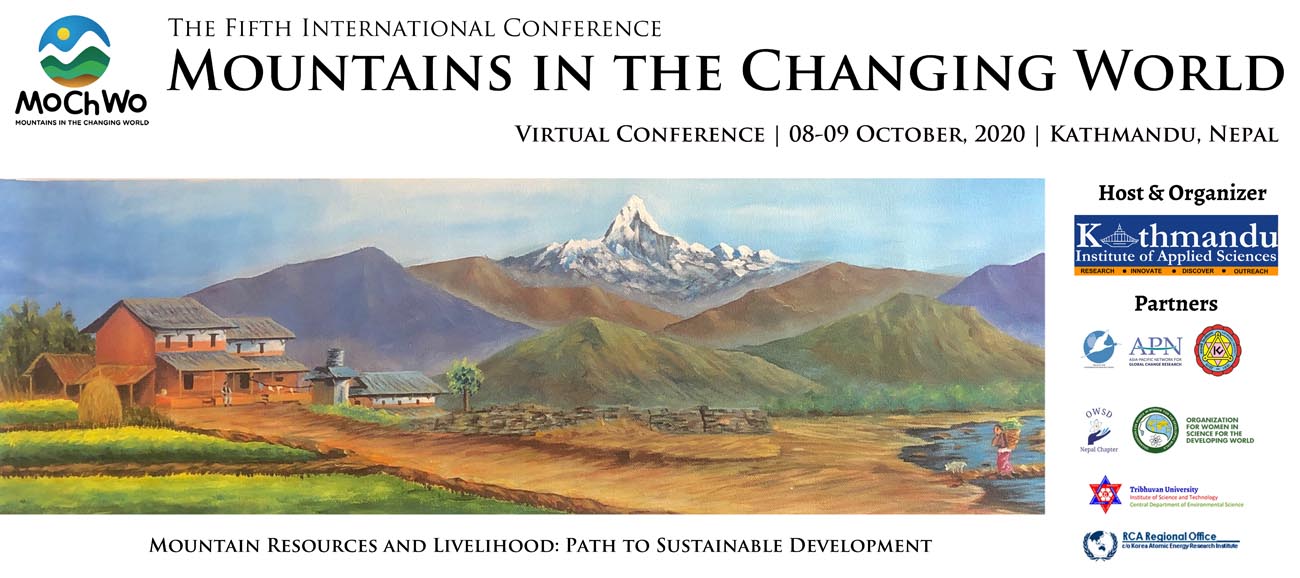News & Activities
Desertification and Drought Day 2020

On the occasion of desertification and drought day 2020, we at the Kathmandu Institute of Applied Sciences would like to bring to your attention the impact of drought and desertification in the Nepalese context. The importance of awareness regarding this topic is even greater now, when the pre-existing impacts of drought have been coupled with the overarching impact of the Covid-19 Pandemic.
Drought and desertification have always been an alarming natural disasters. The somewhat flawed notion of being rich in water resources has resulted in a false confidence regarding the problem, to the point where the Nepal Governments’ National Disaster Risk Reduction and Management Authority does not recognize Drought and Desertification as the fatalistic natural disaster that it is.
This lack of acknowledgment by the Government as well as the larger population is owed to the fact that there is no consistent monitoring of drought and desertification in Nepal and its impact. In addition, drought does not pose immediate threats to a community as do floods and fires. Once hit, however, the ripples of its impact can be felt until the next major rain season- which may sometimes last for years, causing water sources to dry out. We’ve seen instances of such cases of prolonged drought compelling entire settlements to move.
While drought is a prominent seasonal disaster (Mainly occurring during the months of March, April and May causing significant damage to food production in the fields, Nepal has also seen extreme drought in the years 2000/01 and 2009/10 [based on data from the time period of 2000-2014]. While there are obvious impacts on our mostly rain-fed agriculture industry and drinking water, any future government plans of trading in Hydroelectricity could also be compromised by drought. This is highly alarming at a time where both agricultural independence and economic stability are extremely necessary in the wake of the elongated lockdowns during the pandemic of COVID-19, and will no doubt be just as instrumental in the recovery period.

Fig.1: Drought Severity index (DSI) showing extreme drought as red and severe drought as blue in color.
To address these concerns, the identification of drought is compulsory. For this we need assessment based on scientific data through research. Such Information regarding drought prone areas should be combined with climatic data to create a Monitoring and Early Warning system. Once these data are available to us, we can conduct vulnerability and risk assessments- meaning we can identify who and what is at risk and why. Next, we can take drought risk mitigation measures, taking precautions to curb the effects of drought in drought and desertification prone areas.
In a time when we should already be taking steps to strengthen our agriculture and trade scenarios through such research-based data, we are yet to take the first step of identification. The Center for Water and Atmospheric Research (CENWAR) at KIAS in collaboration with Tribhuvan University, Nepal Academy of Science and Technology, Nepal Water Conservation Foundation, Khulna University, Bangladesh, Sikkim University, India, CCRD, Pakistan, Nagoya University and JAXA, Japan is currently building a drought assessing and monitoring tool for South Asia. This work is funded by Asia Pacific Network for Global Change Research (APN).


